BOAT ADRIFT: AL’s journey through power and paradox – II

THE assassination of Sheikh Mujibur Rahman in August 1975 did not merely topple a man — it sent a shockwave through the very soul of BAKSAL. Once the beacon of independence, the Awami League found itself bereft of its towering leader, the guiding force that had defined the very fabric of its existence. With Mujib gone, the party floundered, its future uncertain, like a ship adrift in the storm. But history, with its cruel sense of irony, often breeds resurrection in the rubble of despair. From the ashes of this political carnage, figures like Johra Tajuddin, Abdul Malek Ukil and Dr Kamal Hossain began the delicate task of stitching the broken fabric of the Awami League back together. At times Awami League was facing the prospect of multiple divisions. It was in the midst of this power vacuum that Dr Kamal Hossain, ever the strategist, made a fateful decision — ushering in Sheikh Hasina, the daughter of the slain Mujib, into the party’s fold.
But let us not romanticise this moment as one of organic inheritance or a seamless transition of power. It was, in fact, a calculated move — a game of political chess — designed not to honour the ideals of the liberation struggle but to anchor the Awami League firmly to the mythos of Bangabandhu. Sheikh Hasina’s rise was not a natural ascension. It was a gamble. A political manoeuvre that sought to tether the party to the enduring symbolism of Mujib, a name that still invoked the promises of independence, of freedom, of a nation’s dreams. Her initial role was symbolic, a figurehead for a party in mourning, guided by older, seasoned leadership. But history, that insidious force, often twists intentions. Slowly, like the quiet but inexorable march of time, Hasina seized control. The reins of power were hers for the taking.
And as she tightened her grip, those who had once mentored her — figures like Abdul Malek Ukil, General Osmani and even Kamal Hossain — found themselves sidelined, their influence eclipsed by Hasina’s growing dominance. Her consolidation of power was neither subtle nor benevolent. It was a purge — a violent, calculated cleansing cloaked in the language of progress. The Awami League, once a party of pluralism, was refashioned into an instrument of singular control, an extension of one woman’s ambition. The ideals of the party were abandoned, not in a single stroke, but in a thousand quiet compromises.
But what role did Ziaur Rahman, a man whose name is wrapped in the enigma of power, play in this revival? Zia, the man who ultimately sought to rehabilitate the Awami League, played his part not out of ideological fidelity, but because he recognised the fragile landscape of post-liberation Bangladesh. He saw in the party, once led by Mujib, a fragment of inclusivity that the nation so desperately needed — a lifeline to stave off the chaos that loomed large. Yet, like so many before him, Zia’s pragmatism came at an unimaginable cost — his own life. His assassination left behind a haunting, unanswered question — who kills a leader in a land where conspiracy lurks like a shadow and unity is a fleeting currency? And so began the years of audacity. Zia’s death did not mark the end of the story — it marked a new chapter of historical erasure, where his legacy was rewritten and those who dared to challenge the prevailing narrative were silenced.
And so the media — the architects of public perception — did its part in this rewriting of history. The press, from big dailies to online portals, took up the mantle of defamation with a fervour that would be chilling if it weren’t so familiar. Ziaur Rahman, once a hero of independence, was reduced to a villain in this new narrative — a ‘razakar,’ a traitor. The campaign to vilify him was relentless, the smear machine churning out lies, innuendo and half-truths. The aim was clear: to strip Zia of his dignity, to erase his contributions to the liberation struggle and to replace him with a more convenient myth. It was a spectacle of revisionism so brazen, so comprehensive, that those who stood by in silent disbelief could do little more than watch in horror.
Hasina’s emergence: long road to power
HASINA’S ascent to prominence was far from straightforward. Under the shadow of the military rule of General Hussain Muhammad Ershad, Hasina positioned herself as a fierce critic of the dictatorship, though she was also pragmatic enough to engage with Ershad’s regime behind closed doors. She carefully manoeuvred through the political landscape, cultivating divisions within the opposition and strategically positioning herself to capitalise on the weaknesses of her political adversaries. Hasina’s rise was not simply about opposition to military rule; it was about securing a place for herself and her party in the fractured political landscape. The Jatiya Party, under the leadership of General Ershad, offered the Awami League a second chance at political legitimacy. However, this alliance came at a significant cost. The Jatiya Party, once a formidable force, has since been reduced to near-political extinction, a stark reminder of how aligning with dominant forces can erode the very foundations of one’s political relevance.
Her early years in opposition were defined by setbacks and defeats. The 1991 elections saw the BNP, under Khaleda Zia, emerge victorious, forcing Hasina back into the political wilderness. Yet, Hasina’s political narrative began to shift. She embraced symbolic causes — such as the ‘Muktijudher chetana’ (the spirit of the liberation war), calls for the trial of war criminals and the restoration of a caretaker government system — issues that resonated deeply with a population disillusioned by corruption and dysfunction.
And yet, Hasina ascended — not as a symbol of collective struggle, but as a towering monument to her own self. The revival of the Awami League was not a restoration of its founding ideals; it was the reclamation of one woman’s vision, a political resurrection that bent the legacy of the party to suit her singular ambition. The party’s legacy, once a collective narrative of liberation and sacrifice, morphed into her personal inheritance. Those who dared to oppose her were not met with dialogue or dissent, but with a chilling silence. The air grew thick with fear; the political landscape, once vibrant with debate, withered into a barren wasteland, devoid of resistance.
What began as a tribute to a father’s dreams became, through time and power, a monument to the unyielding will of a daughter. In this transformation, the very ideals of liberation — the principles that once birthed this nation — became mere ghosts, their resonance drowned out by the relentless cacophony of ambition unfettered by restraint. The nation’s foundational ideals, so fiercely fought for in 1971, were hollowed out and replaced with the rhetoric of personal destiny and political consolidation.
As Hasina reached out to a new generation of Bangladeshis — many of whom had no living memory of the Liberation War — her blend of justice rhetoric and personal tragedy struck a chord. She became not just a leader, but a symbol, framed by her own narrative of victimhood. In this retelling of history, she became the sole heir to the legacy of Mujib, casting herself not merely as his daughter, but as the saviour of Bangladesh. By invoking his memory, she positioned herself as the only true guardian of the nation’s independence, transforming his legacy into the very foundation of her rule.
1996–2001 rule: political vendetta and state institution control
IN A striking twist, the Jamaat-e-Islami, long vilified by its rivals, found itself propping up the Awami League during one of Bangladesh’s most politically volatile chapters. The alliance, however, came at a crippling cost for Jamaat. Trials and executions of its senior leaders followed, painting the party as a convenient scapegoat in the evolving narrative of national justice. This episode exemplifies the ruthless pragmatism that defines political alliances in Bangladesh, where yesterday’s allies are today’s sacrifices.
Sheikh Hasina’s initial term as prime minister from 1996 to 2001 was a pivotal phase in her political career. Ostensibly a period of transition for the nation, it bore the hallmarks of a deeply personal crusade. Her government’s pursuit of justice for the assassination of her father, Sheikh Mujibur Rahman, was framed as both a moral imperative and a political strategy. For her supporters, these trials symbolised long-overdue accountability; for critics, they were weaponized acts of retribution, aimed squarely at silencing opposition, particularly the BNP under Khaleda Zia.
This consolidation of power was not confined to legal battles. Hasina’s speeches, far from elevating the national discourse, were often peppered with vitriol. Dissenters became targets of ridicule — likened to crows or threatened with drowning in the Padma River. Her rhetoric betrayed a combative streak that brooked no defiance, reinforcing the sense that politics under her leadership was as much about personal triumph as it was about national governance.
The burden of Sheikh Mujib’s legacy loomed large over Hasina’s tenure. The expectations of a nation that had fought for equality, democracy and freedom were placed squarely on her shoulders. Yet, her style of leadership often ran counter to those ideals. The Awami League’s revival during her rule felt less like a collective resurgence and more like a personal victory — a reclamation of her family’s place in the nation’s narrative.
The centralisation of power under Hasina’s leadership marked a decisive departure from the principles she once championed. Institutions meant to safeguard democracy — the judiciary, law enforcement and the bureaucracy — were increasingly co-opted as instruments of control. The government’s overreach blurred the distinction between party and state, tightening its grip on power while eroding democratic foundations.
Public perception of Hasina’s governance was further shaped by her unyielding rhetoric. Instead of fostering unity, her speeches deepened divisions, alienating allies and intellectuals who had once stood by her. The tone — vindictive, scornful and dismissive — diminished her stature as a statesperson and exposed the fragility of her administration’s claim to moral high ground.
Even as the Awami League reasserted its dominance, the cost to Bangladesh’s democratic fabric was undeniable. Hasina’s promises of secularism and unity were overshadowed by the increasingly autocratic character of her government. In the quest for control, the ideals of 1971 — freedom, justice and equity — seemed ever more distant, raising the question of whether the Awami League’s revival was a resurgence of hope or merely the tightening of another set of chains.
Hasina’s leadership, defined by its polarising nature, offers a stark reflection of a nation caught between its aspirations and the reality of power politics. It underscores the enduring tension in Bangladesh’s history: the struggle to reconcile the ideals of its liberation with the practicalities — and betrayals — of governance.
2001 defeat and resurgence of ‘jangi’ issue
THIS concentration of power within Hasina’s administration was further complicated by growing allegations of corruption and nepotism. Hasina’s family, particularly her sister Sheikh Rehana, became increasingly involved in the party’s political machinery, leading to accusations of cronyism and favouritism. While Hasina continued to champion the legacy of her father, Sheikh Mujibur Rahman, the economic instability and corruption that marked her first term severely undermined her image as a reformer. Despite these challenges, Hasina managed to maintain her grip on power, though it came at the expense of her credibility.
However, by 2001, the tide turned. The Awami League lost the general elections to the BNP, a defeat that marked a significant setback for Hasina’s political ambitions. Despite this, Hasina and the Awami League remained pivotal players in Bangladesh’s political landscape, their influence enduring even in the face of electoral defeat. The path from Mujib’s legacy to Hasina’s leadership had been fraught with political manoeuvring, filled with both triumphs and betrayals. Yet, Hasina’s emergence as the undisputed leader of the Awami League — and her eventual entrenchment within the nation’s political infrastructure — would leave an indelible mark on the future of Bangladesh.
In the aftermath of her defeat in 2001, Hasina turned her focus to framing the BNP-led coalition as a threat to Bangladesh’s secular values, particularly targeting the Jamaat-e-Islami. She deployed the rhetoric of ‘jangi’ — meaning ‘terrorist’ or ‘extremist’ — to depict the BNP as aligned with forces that threatened the nation’s integrity. This narrative allowed Hasina to rally secular and left-leaning factions, positioning herself as the defender of Bangladesh’s core values against the rise of Islamic militancy.
However, the return of the ‘jangi’ narrative deepened the political polarisation in the country. While it served as a potent tool for delegitimising the opponents, it also shifted the focus away from the government’s inability to address critical national issues. The tactic of portraying political rivals as extremists fostered an atmosphere of suspicion and hostility between factions, exacerbating instability and hindering meaningful political dialogue. Ultimately, this strategy of division entrenched the nation’s political fractures, contributing to the volatile climate that continues to define Bangladesh’s political discourse.
1/11 crisis and military’s role
THE political climate in Bangladesh reached a boiling point by 2007, with both the Awami League and BNP embroiled in corruption scandals and political violence. Amidst this chaos, the military-backed caretaker government took control on January 11, 2007, initiating what would later be known as the ‘1/11’ crisis. Although Sheikh Hasina’s Awami League was not in power at this time, her political manoeuvres — particularly her engagement with the military-backed interim government — suggested that she had a hand in the backdrop of the military intervention.
The caretaker government, led by an unelected chief adviser, initially positioned itself as neutral, promising to tackle corruption and organize free and fair elections. However, its alignment with Hasina’s Awami League, which saw a marginalization of Khaleda Zia and the BNP, raised questions about its true neutrality. During this period, Hasina reportedly engaged in behind-the-scenes negotiations with the interim government, cementing her position as the preferred leader for the upcoming elections.
The Prothom Alo-Daily Star syndicate revelled in the chaos of 1/11, their narratives soaked in the venom of distortion. Begum Khaleda Zia, a formidable leader unjustly confined, became their primary prey, while her son Tarique Rahman was cast as a spectre to manipulate public perception. They wove intricate tales of deceit, each strand a calculated falsehood, creating a shroud of fear and mistrust that enwrapped the nation.
Now, these purveyors of propaganda stir once again, their influence darkening the horizon. They aim to taint the BNP’s struggle, misrepresenting it as sinister and malevolent. Yet, the truth, unyielding and resilient, will emerge like a phoenix from the ashes of their fabrications. The people, guided by their collective discernment, will pierce through the fog of lies and recognise the reality concealed beneath.
2008 election and Hasina’s return to power
IN THE wake of the military-backed intervention of 1/11, the political landscape lay in shambles, ripe for a new narrative — one that would see Sheikh Hasina’s Awami League return to power. The vacuum left by the caretaker government, a creature of whispered promises and unseen hands, created the perfect stage for the re-emergence of the same forces that had once been sidelined. With the political atmosphere thick with the stench of corruption and extremism, Hasina’s party presented itself as the beacon of stability, as the lone saviour capable of eradicating the nation’s ills. And so, the illusion was birthed.
The 2008 elections did not unfold as a fair contest but as a spectacle where the military-backed caretaker government, though ostensibly neutral, tilted the scales. The state apparatus, from the judiciary to the law enforcement, seemed all too eager to align with Hasina’s interests. In a curious twist of fate, political prisoners were released, charges against Hasina herself evaporated like mist at dawn and the machinery of governance was gradually co-opted into her service. This orchestration of victory was not merely the triumph of democracy but the vindication of an old power structure, carefully recalibrated to serve a new face.
But as the political winds shifted in Hasina’s favour, they carried with them the heavy shadow of tragedy. The massacre of 57 army officers in the 2009 Pilkhana tragedy remains an indelible scar on the nation’s memory. In the wake of this massacre, the myth of military neutrality crumbled. What was once seen as an attempt to safeguard Bangladesh’s democratic ethos became, in hindsight, a brutal reminder of the dangers of institutional entanglement in politics. It is a lesson learned too late: the consequences of power in its most unbridled form are irreversible.
To be continued.
Abdul Monaiem Kudrot Ullah is a retired captain of the Bangladesh navy.












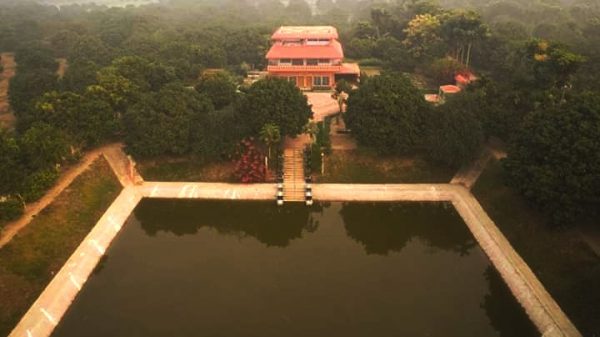
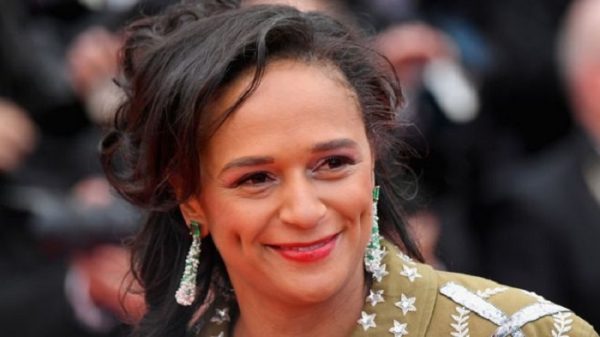
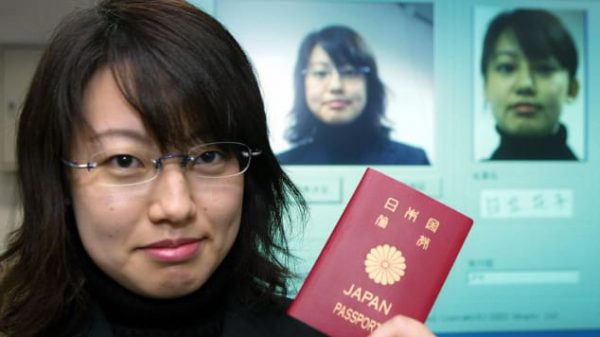


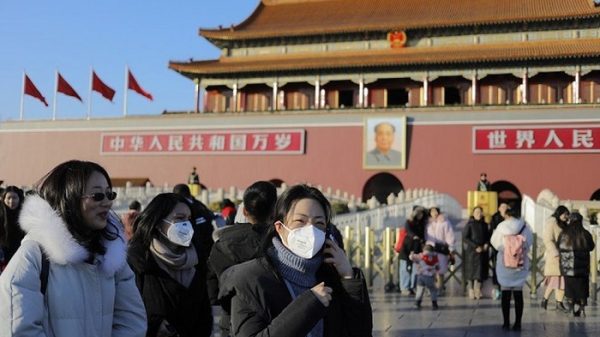
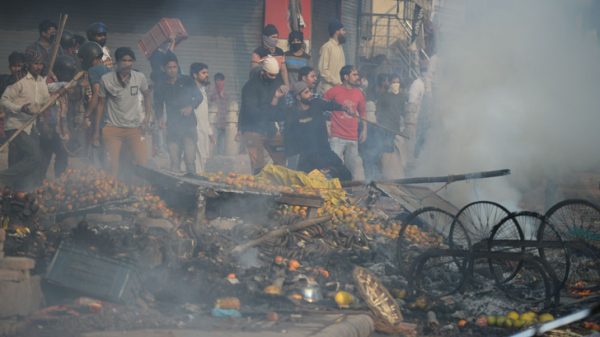




Leave a Reply